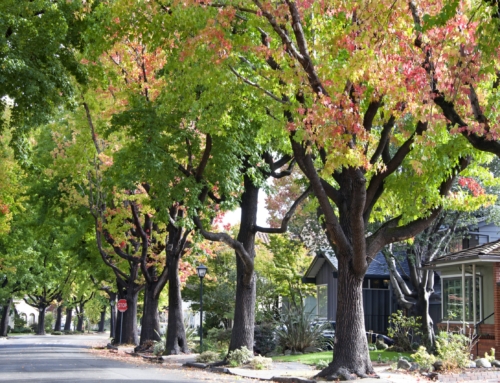According to statistics compiled by People For Bikes, a nationally recognized movement to promote the benefits of cycling, Americans spend $81 billion annually on biking. Buying a bicycle can be an expensive endeavor: A low-end model can cost hundreds, and for the more serious rider, a high-end bike can cost thousands.
Whether you’re commuting to work, cycling to stay fit or racing at semi-pro weekend events, it’s important to make sure your financial investment is protected by the right kind of insurance.
Your bicycle might be covered in your homeowners policy
Bicycles are typically covered under the “personal property” section of a standard homeowners or renters insurance policy. If your bike is stolen or damaged in a disaster covered in your policy, you might be able to get reimbursed, minus any deductible, from your insurance provider.
However, says Lauren Hernandez, senior marketing coordinator at insurance company Markel, bicycle owners should read the fine print on their policy. “Most property insurance policies have low limits on sporting equipment,” Hernandez says. “Bicycles valued at $500 or less would typically fall under the ‘sporting goods limit’ on the average homeowners policy.”
Every claim on your insurance has the potential to raise your rates. While you might file an inexpensive claim with your provider, the result could be a new premium upon renewal that is more costly than your original claim. In this situation, bicycle insurance might be a better option, allowing you to choose the coverage for your bike and yourself, as well as your liability to others on the road.
How to know if bike insurance is for you
If you purchase a bike that costs $1,000 or more, you may want to consider bicycle insurance. However, if your deductible is greater than the bike’s value, you likely won’t get anything out of the deal. Think of it this way: If your insurance only covers your bicycle for damage or theft, and the premium for the year–plus your deductible–is more than your bike is worth, you may be wasting your money.
Dave Williams, CEO and founder of Velosurance, a bicycle insurance program, advises, “If the bicycle costs $300, there is little reason to insure it, but at $3,000 it starts to make sense.”
Like most other large purchases, you’ll need to balance the cost of specially insuring your bicycle against the features, value, and peace of mind provided by bicycle insurance.
The benefits of bicycle insurance
With most bicycle insurance providers, you are able to customize your plan based on your riding style. Insurance policies typically include coverage protecting against physical damage or theft, general liability, and motor vehicle contact, while also offering rental reimbursement, medical payments, and roadside assistance.
A spokesperson for Spoke Insurance says the benefit of bicycle insurance is receiving a customized insurance coverage for a high-end bike that fills in the gaps of a homeowners policy.
Markel’s Hernandez notes that many bikers involved in crashes are frequently surprised by what isn’t covered in their homeowners policy.
“A stand-alone bicycle insurance policy can protect your bike from such things as theft, vandalism, crashes, or a hit and run,” Hernandez says. “Also, it can provide coverage for your riding apparel and spare parts, plus liability coverage, and even roadside assistance.”
The cost could be worth the benefits
Companies such as Velosurance, Markel, and Spoke usually customize their policies based on your location, your bicycle’s value, and the type of riding you do.
“Because the risk is greater, racing competitively and commuting by bicycle cost more than fitness and casual riding,” Williams says. “A ballpark estimate for a fitness rider in a Southern-tier state is 7 to 10 percent of bicycle value, and in a Northern-tier state is 5 to 7 percent of value.” That means a fitness rider with a $3,000 bicycle in Florida might pay around $240 annually for insurance, with the same $3,000 bike in New York only costing about $180 per year.
At Velosurance, a typical bicycle insurance policy averages $100 a year, or about $9 per month. With Markel, the average policy costs range from $250 to $300 per year.
Whether to buy bicycle insurance may ultimately depend on your tolerance for risk, but if you’re seeking financial protection from unforeseen or unexpected loss to your valuable property, then bicycle insurance might be for you.






